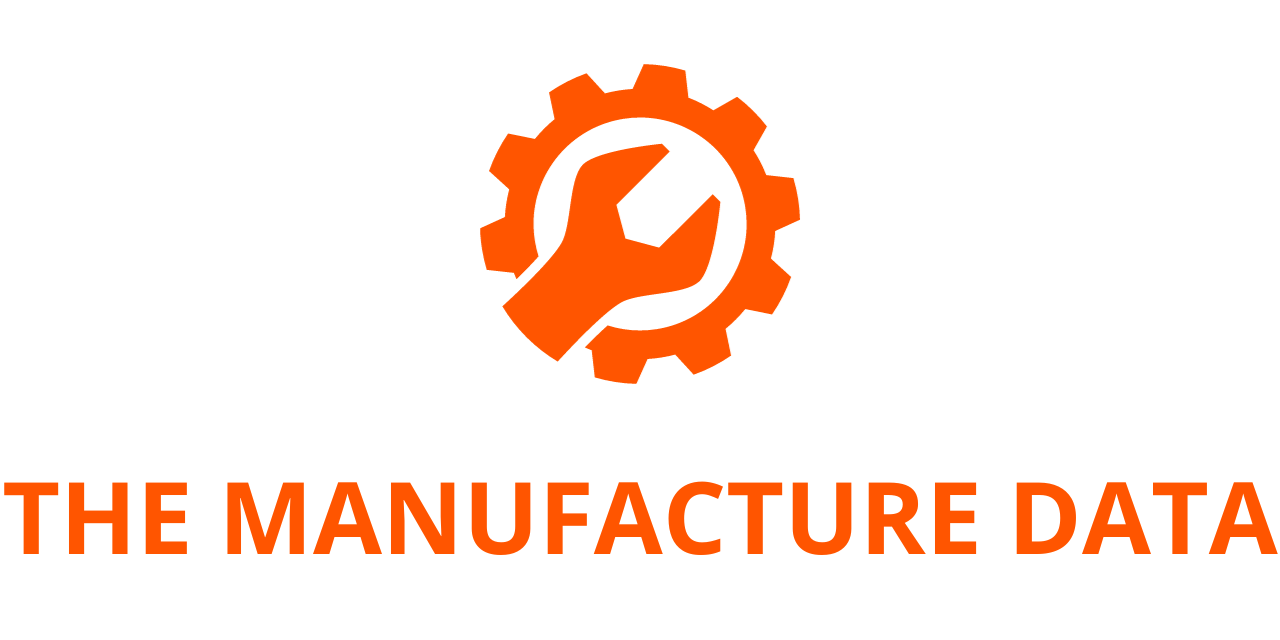
Mitsubishi Electric, NTT Communications, and SK C&C Launch Ambitious Pilot to Automate and Visualize Supply Chain Carbon Footprints
Mitsubishi Collaborative project utilizes Catena-X data ecosystem to pioneer a new era in emissions transparency, aiming to accelerate decarbonization and supply chain innovation
Mitsubishi In a significant move toward greater environmental accountability in global manufacturing, Mitsubishi Electric Corporation, NTT Communications Corporation, and South Korea-based SK C&C have jointly announced the commencement of a cutting-edge test project designed to enable the automated calculation and visualization of product carbon footprints throughout complex supply chains. Slated to begin on June 1, this initiative is poised to transform the way manufacturers monitor and manage emissions, with broader implications for achieving sustainability targets and bolstering global environmental compliance.
Mitsubishi At the heart of the initiative lies the Catena-X data ecosystem—a pioneering, open, and collaborative platform tailored specifically for the automotive industry. Catena-X provides a standardized framework for the secure, safe, and seamless exchange of data between companies, facilitating traceability and transparency across the supply chain. Leveraging this infrastructure, the joint project will pilot advanced tools and technologies that can quantify greenhouse gas (GHG) emissions associated with products across their entire lifecycle, from raw materials to finished goods.
Mitsubishi Beyond emissions tracking, the initiative is also designed to deliver operational advantages such as improved productivity, enhanced product quality, and greater efficiency through reduced energy consumption. The project ultimately aims to contribute to the realization of a sustainable, low-carbon society, aligning with the growing global emphasis on environmental, social, and governance (ESG) standards and the UN’s Sustainable Development Goals (SDGs).
The Strategic Context: Manufacturing in a Decarbonizing World
Mitsubishi The global manufacturing sector is currently undergoing a profound transformation. Historically optimized for cost and efficiency, industrial supply chains are now being recalibrated to meet ambitious climate objectives, particularly those linked to carbon neutrality and net-zero emissions. As countries and corporations ramp up their environmental commitments, transparency and traceability of emissions data have emerged as critical enablers of climate action.
The backdrop to this pilot project includes rising regulatory demands, shifting investor expectations, and increased consumer scrutiny. In response, manufacturing companies are being compelled not only to measure and report their emissions, but to do so with granularity, speed, and consistency across their entire supplier networks. For many, this means moving beyond traditional carbon accounting practices—often manual, fragmented, and outdated—toward digitalized, interoperable systems that can provide real-time insight into environmental impact.
This is Mitsubishi particularly relevant in the automotive sector, where supply chains span multiple continents and involve hundreds of suppliers, subcontractors, and logistics providers. Establishing a shared data environment, such as Catena-X, represents a major leap forward in enabling these players to collaborate transparently and effectively on emissions reductions.
Project Goals and Technological Approach
The primary objective of the Mitsubishi Electric–NTT Com–SK C&C test project is to establish a repeatable and scalable system for calculating and visualizing product carbon footprints (PCFs)—a comprehensive measure of GHG emissions produced at each stage of a product’s lifecycle, including extraction of raw materials, processing, manufacturing, transportation, use, and end-of-life disposal or recycling.
Using the Catena-X data model as a backbone, the project will integrate enterprise resource planning (ERP) systems, manufacturing execution systems (MES), and other digital tools to collect emissions data from various operational layers. The automation of carbon accounting processes will allow manufacturers to:
- Rapidly calculate cradle-to-gate and cradle-to-grave emissions
- Identify high-emission hotspots within supply chains
- Simulate the impact of materials or supplier changes on total emissions
- Provide emissions transparency to downstream customers and regulatory bodies
This level of transparency is increasingly required by initiatives such as the European Union’s Corporate Sustainability Reporting Directive (CSRD) and Carbon Border Adjustment Mechanism (CBAM), which mandate detailed emissions disclosures. The project’s real-time, data-driven approach to emissions tracking will position participating companies ahead of these evolving regulatory requirements.
In addition to its emissions focus, the system will also offer insights into production efficiency and quality metrics, providing a holistic view of performance. The ability to analyze correlations between emissions and productivity will allow companies to make informed decisions about process optimization, resource utilization, and capital investments.
Catena-X Ecosystem
The project’s success will hinge on the Catena-X data ecosystem, which was launched in 2021 as a Germany-based, cross-industry initiative with participation from global automotive giants like BMW, Mercedes-Benz, and Volkswagen, as well as technology providers such as SAP and Siemens. Catena-X is designed to break down data silos and enable a standardized, interoperable exchange of information across the value chain.
It provides a framework for participants to retain data sovereignty while engaging in trusted, permission-based data sharing. This ensures that sensitive business information is protected, even as companies collaborate more openly on key metrics like carbon footprints.
By joining the Catena-X ecosystem, Mitsubishi Electric, NTT Communications, and SK C&C will be able to test cross-border and cross-industry interoperability, a critical requirement given the global nature of their operations and supply chains. Their collaboration also signals the expansion of Catena-X beyond Europe, reinforcing its potential as a global standard for supply chain data integration.
Stakeholder Roles and Capabilities
Each of the three companies brings unique expertise to the initiative:
- Mitsubishi Electric is a global leader in industrial automation, factory equipment, and electrification solutions. Its in-depth understanding of production processes and energy consumption patterns will be essential in modeling and quantifying emissions at the plant and product level.
- NTT Communications, a core ICT subsidiary of NTT Group, offers world-class cloud, data center, and network services. It will play a pivotal role in building the digital infrastructure and ensuring secure data transfer in compliance with international cybersecurity and data privacy regulations.
- SK C&C, the IT services division of South Korea’s SK Group, provides AI, big data, and cloud-based solutions for industries ranging from finance to manufacturing. SK C&C will contribute its advanced data analytics and platform integration capabilities, crucial for automating and visualizing complex emissions data across diverse systems.
The tri-national nature of the project—spanning Japan and South Korea—demonstrates the increasing globalization of sustainability initiatives and reflects a broader trend of regional collaboration in decarbonization efforts, particularly in East Asia.




